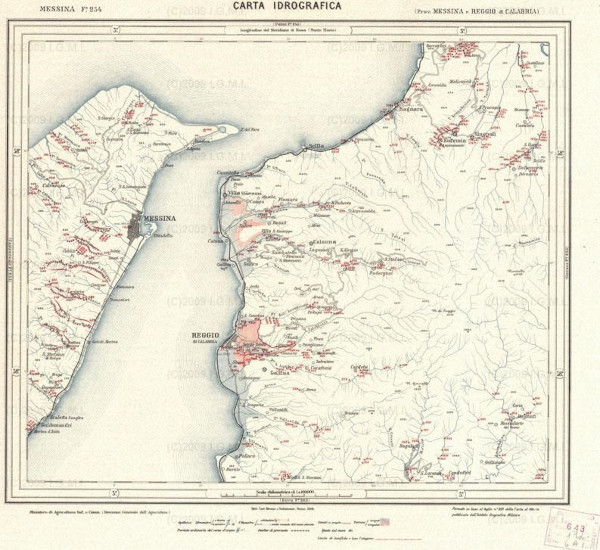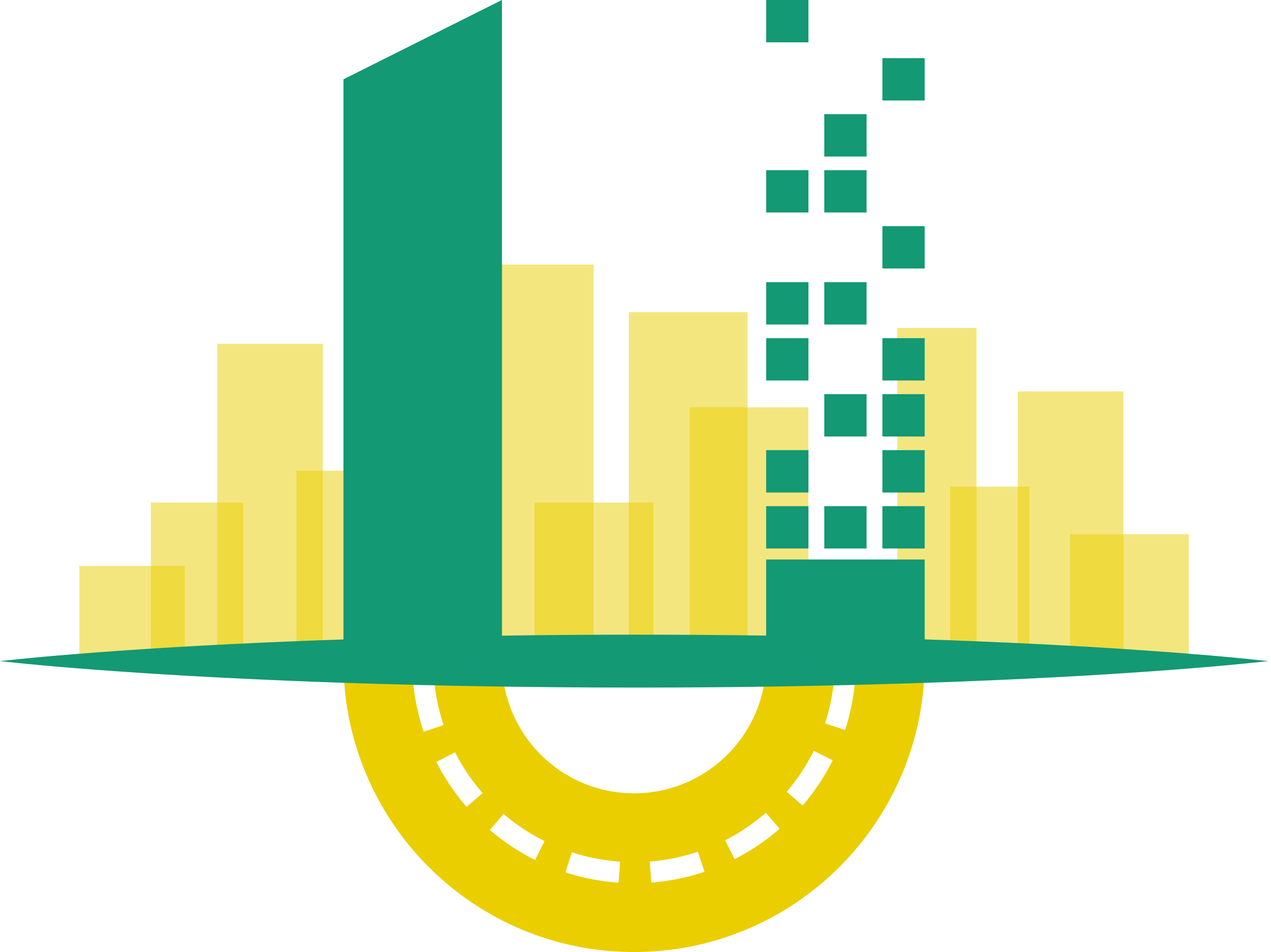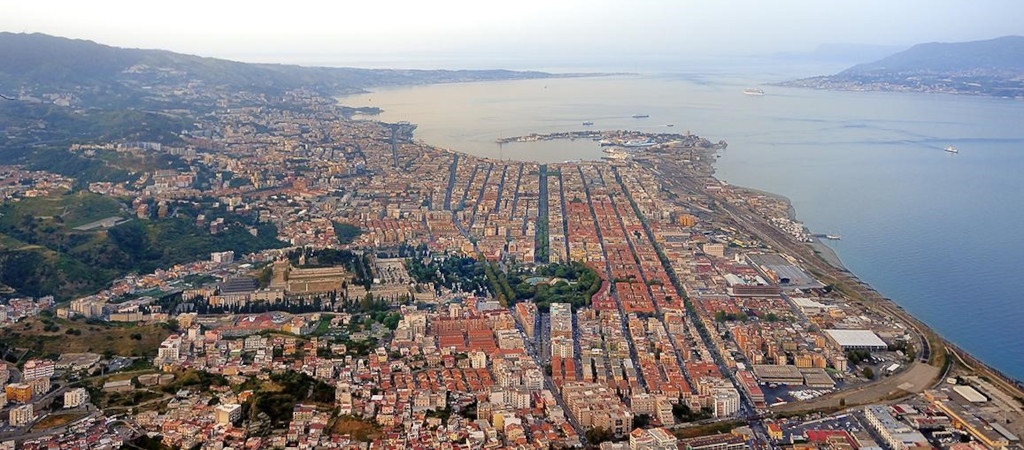
The metropolitan area of Messina is one of the most extended areas of the south of Italy and the first in Sicily and counts over 620.000 citizens. The city counts over 250.000 citizens and most of them are commuters between Sicily and Calabria. The local transport of the city of Messina consists of sea transport (hydrofoil and ferry boats fleets) and land transport (buses, tramway and rail transports network), operated by public and private companies. The main issue that affects both kinds of services (sea and land transport) is the lack of facilities that can permit interoperability between departments and communication with citizens and stakeholders. In order to overcome this problem, the Municipality of Messina is investing in infrastructure and smart services for the city and citizens. In particular, the main activities are focused on vehicular access detection in LTZ (Limited Traffic Zone) and pedestrian areas, centralised traffic management based on smart lights, traffic flows and analysis, incentives to use public transportation and video surveillance.
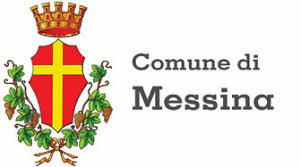 | 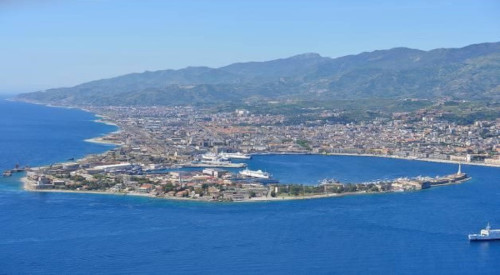 |
An eye on the future
In this context the city of Messina wants to optimise mobility and integrate multimodal transport services for the city centre, organise on-demand transfer services for vulnerable people, organise Bicibus and Pedibus initiatives for green mobility, coordinate activities and communication among different departments
To obtain these results the city of Messina aims (among the others) to increase availability and usability of bike lanes and walking paths for habitual transfer, identify secure bike and walking paths, reduce costs of transportation service, improve public transportation services with a specific focus on elderly people, students and people with disabilities, optimise coverage of public transportation related to peripheral areas, increase usability and availability of multimodal transportation means, estimate the number of available vehicles and drivers in a specific moment.
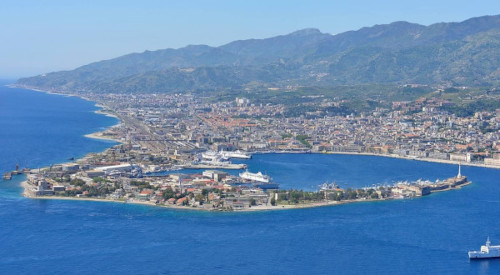 | 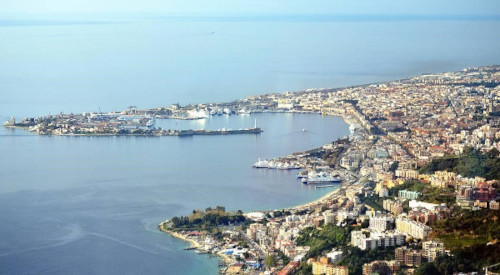 |
What are the challenges?
In doing so, the city of Messina has to cope with different problems; the main ones are inefficient communication among different departments, use of different data sources in different departments, difficulties in collecting data from different transportation providers, citizens unfamiliarity with IT technologies and consolidated citizens habits.
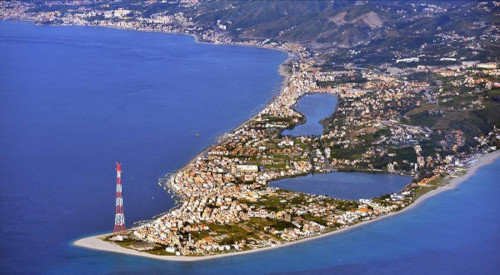 | 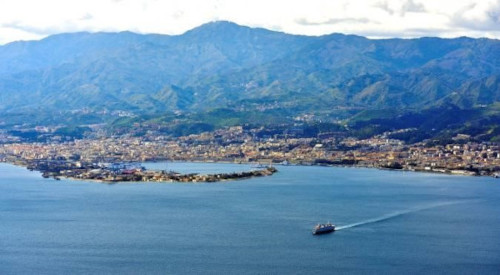 |
How can URBANITE help?
To help the city of Messina the URBANITE project is going to provide a platform to collect and make accessible data coming from different sources (also from different departments of the same organisation) to the decision-makers. To this aim, the platform will offer tools to facilitate the connection to data sources (also owned by third parties) and provide capabilities to share information among the decision-makers that could be involved and/or interested in the same decision-making process. The platform will also offer the possibility to
- perform simulations and analysis over collected data (e.g. to estimate traffic, identify multimodal paths, the available vehicle for the public transportation in a given moment),
- define custom dashboards (to allow each decision-maker to access at a glance the information he/she needs)
- visualise on maps, charts and graphs mobility-related information (e.g. to identify possible crowded roads).
This set of capabilities would support decision-makers in their day-by-day activities such as to identify problems afflicting public transportation, streets and roads needing maintenance interventions and intervention for public safety to be realised.
Finally, the platform should allow making part of the charts, graphs, map layers publicly accessible (enriched with an explanation) to help the Public Administration in informing citizens about taken decisions.
